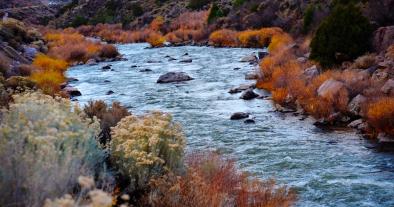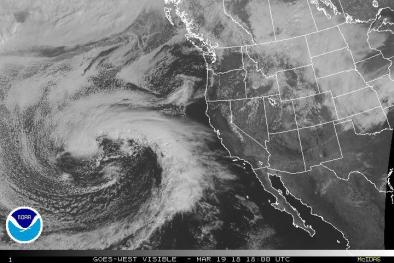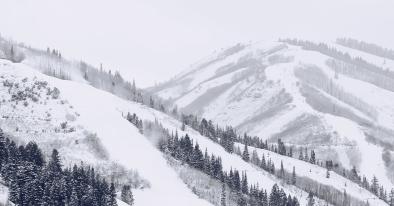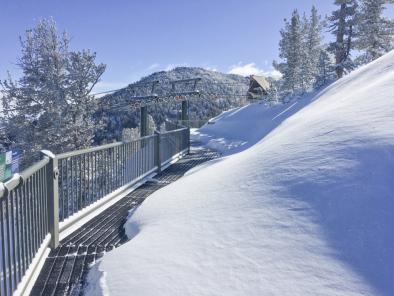Science Source
Dramatic declines in snowpack in the western US
- States that mountain snowpack stores a significant quantity of water in the western US, accumulating during the wet season and melting during the dry summers and supplying much of the water used for irrigated agriculture, and municipal and industrial uses
- Updates an earlier work by the same authors published in 2005
- Finds that with 14 additional years of data, over 90% of snow monitoring sites with long records across the western US now show declines
- Observes declining trends across all months, states, and climates, but notes that trends are largest in spring, in the Pacific states, and in locations with mild winter climate
- Corroborates and extends these observations using a gridded hydrology model, which also allows a robust estimate of total western snowpack and its decline
- Finds a large increase in the fraction of locations that posted decreasing trends
- Calculates that averaged across the western US, the decline in average April 1 snow water equivalent since mid-century is roughly 15–30% or 25–50 kilometers cubed, comparable in volume to the West’s largest man-made reservoir, Lake Mead
Related Content
Headline

Mar 23, 2018 | News Deeply
Grim Forecast for the Rio Grande Raises Concern
Headline

Mar 21, 2018 | California Weather Blog
Pineapple Express deluge in Southern California; high risk of Thomas Fire flash floods & mudslides
Headline

Mar 6, 2018 | BuzzFeed
Mountain Snow In The Western US Is Declining Because Of Climate Change, A New Study Finds
Headline

Mar 6, 2018 | The Mercury News
Welcome winter storm slows California’s plunge back to drought


